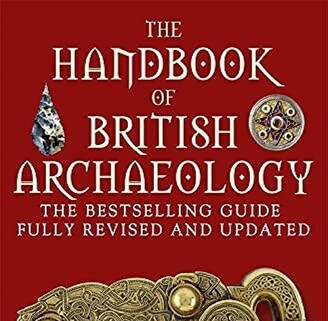Wigan Archaeological Society members have been unearthing ancient treasures and revealing a previously unknown monument thought to date back to 1650 BC on open land at Aspull.
The enigmatic site first came to their attention in 2019, when a near-circular cropmark was spotted in overhead images seen online.
At first it was thought it might represent the remains of a barrow (burial mound) but investigations were hampered for a long time by the pandemic.
The site – which the archaeologists first called Aspull Ring Feature – lies within sight of Winter Hill and Anglezarke Moor, areas rich in prehistoric monuments and it was thought they might be connected.
There then followed the digging of a series of exploratory trenches, the first of which concluded that the area had been a ditch was deliberately filled in so they changed its name to Aspull Ring Ditch.
Further trenches established the shape of the ditch and uncovered a carefully built structure of alternating layers of sand, rounded stones, and clay. Helpfully, at least two long pieces of burnt wood were also involved in its make-up, allowing experts to take samples for radiocarbon dating which gave them a date from the middle Bronze Age: 1650 BC.
By the close of the 2022 season, they had working theory that the feature had originated as a Neolithic henge monument, which was then repurposed during the Bronze Age, possibly as a funerary enclosure (mortuary).
…
A spokesperson for the society said: “While there are still many puzzles and conundrums to unravel at this site, there are two finds that so far defy explanation.
"The first is an irregular stone ball covered with brown and white patinas that hinder identification of the rock type, but it might be granitic, and is certainly not local.
“Our second enigma is a stone inscribed with three deep, parallel grooves, 9mm apart. Then another one turned up, this time with four parallel grooves spaced 8.4mm apart. Better still, it was found in a carefully excavated section, meaning that we can tell it was definitely beneath the burnt layer dated to 1820 BC. Like buses, a third example duly appeared, again in a certain prehistoric context and this time with eight grooves 10mm apart.
“In each case, the grooves are precise and deep, unlike, for example, sharpening stones, where the grooves tend to be at random angles and anything but precise. What they mean, though, is truly mystifying.

